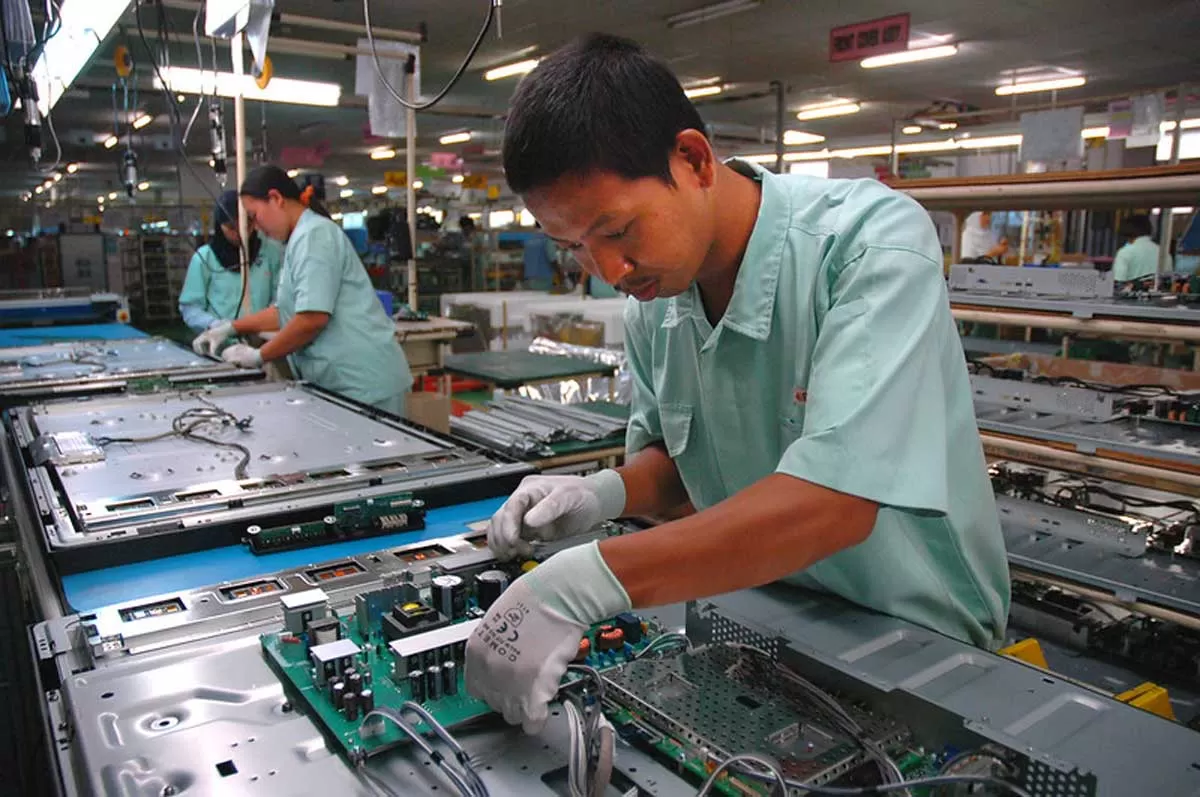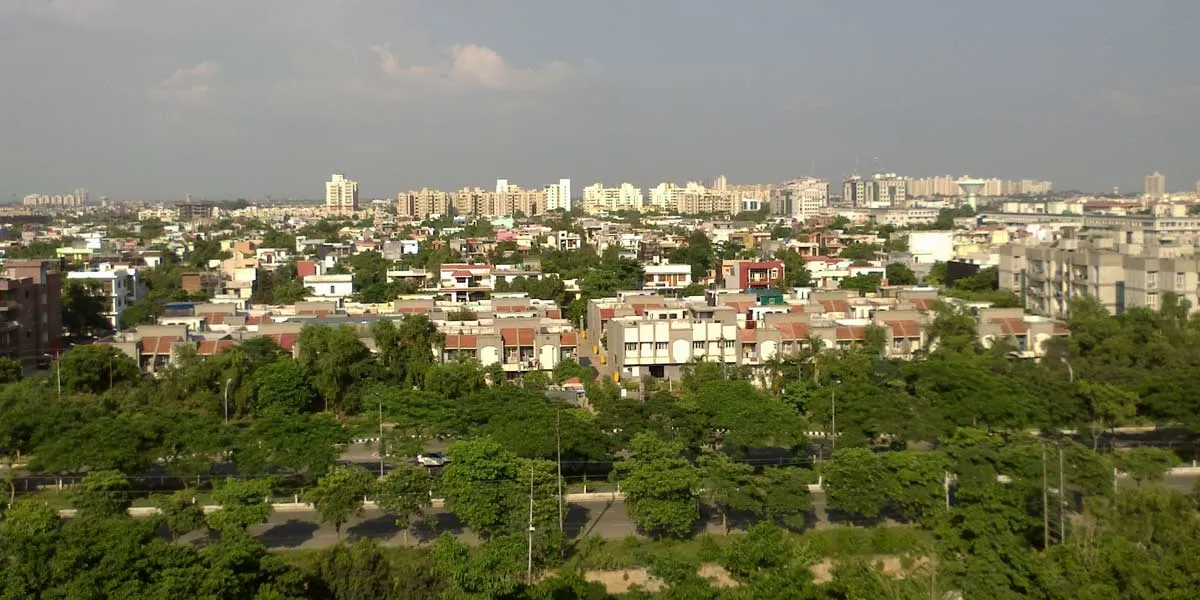
Govt Unveils Scheme to Boost Electronics Component Production

Greater Noida to Build 750-Acre Smart Industrial Township
Aiming to provide enhanced safety, an efficient traffic management system and seamless delivery of essential services through advanced technology, a new integrated industrial township covering nearly 750 acres will be developed near the Noida International Airport. Officials stated that smart city-like features will be implemented, with all civic services operated through a centralised digital system. “A modern Command and Control Centre will be established to monitor and manage key services such as electricity, water, waste, traffic and security. Around 140 high-definition CCTV and Automat..

Housing Sales Fall 19% in Q1 2025 Across Top Cities
Housing sales across India’s top eight cities declined nineteen per cent year-on-year in the January–March 2025 quarter, with 98,095 units sold, according to PropTiger. The fall is attributed to rising property prices and broader economic uncertainty. New supply also saw a ten per cent decline, with 93,144 units launched compared to the same period last year. Only Bengaluru and Chennai recorded sales growth: – Bengaluru: up thirteen per cent (11,731 units) – Chennai: up eight per cent (4,774 units) Other cities reported declines: – Mumbai Metropolitan Region: down twenty-six pe..

Ahmedabad to Relocate Lake for Freight Corridor Link
The Ahmedabad Urban Development Authority (AUDA) will relocate Mama Talavadi, a lake covering over four thousand square metres in Godhavi village, to make way for a forty-five-metre wide road connecting to the Dedicated Freight Corridor (DFC). The realignment was deemed necessary after the proposed Shela–Sanand connector road was found incompatible with an existing DFC culvert. AUDA approved the lake relocation during a board meeting on nine April, resolving to allot a final plot of equivalent size elsewhere. This marks a major revision to Town Planning Scheme 437, impacting both agricultu..














